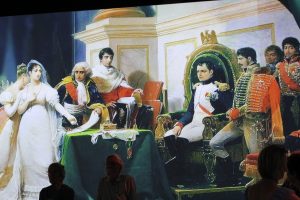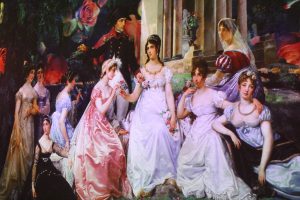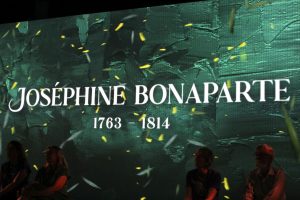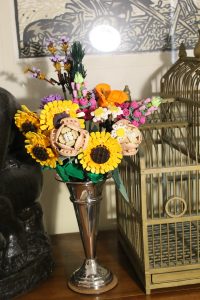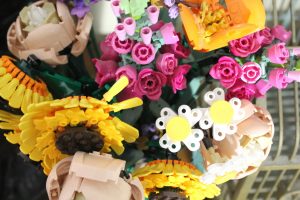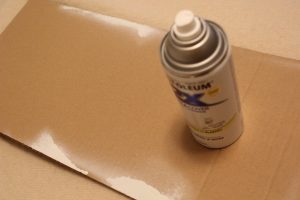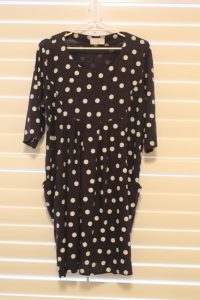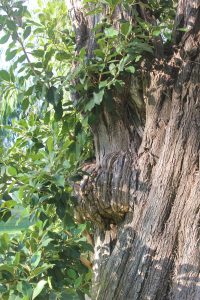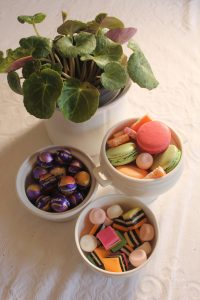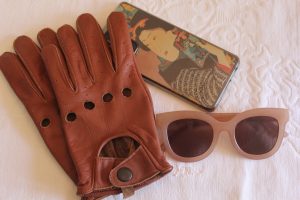bookmarks and reading
Tidying up and sorting through your Christmas and Valentines Day envelopes, do you wish you could recycle some of the very pretty envelopes? Me too. I read a lot and often scramble for a bookmark. Now I’ve made a few from leftover envelopes. You could use coloured or patterned envelopes to make the bookmark. Gather a few envelopes and a pair of scissors and you’re ready to create.
1. Cut a triangular corner off the envelope. Glue down the flap at the back. Let it dry.


2. Fold the triangle in half longways.


3. Cut an arc shape from side to side. You can pencil the arc before you cut.


4. Viola! Pretty heart shape bookmark.
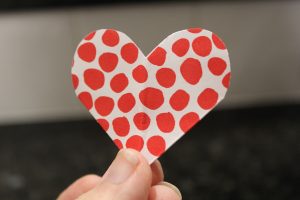

If you lose it just make another one.


I’ve read four books lately. Three ‘whodunits’!


An engaging book, but not of the happy ending genre! This Australian author writes clever and rather scary books.


I enjoyed this clever story so much I recommended it to my husband. Then I borrowed another one of her books and suppose I will enjoy it when he’s finished it! Complex plot and an ending I didn’t see coming.


This starts off as a nice story about two women living next door to one another and how they became friends. It finishes with one of them in prison and the other hiding the truth and bringing up the prisoner’s children. No happy ending here !


Not a murder story, but an account of one woman’s life as a wife and mother. Anne Tyler is a prolific American author. She has a wonderful way with words and is keen observer of women’s lives. A reviewer whose column I enjoy recommended this book as one which had stayed in her mind for 20 odd years. I ordered the book. It began well, with typically lyrical descriptions of the main characters, but then, when the family was at the beach one day, the wife just walks away and hitches a ride to another town and starts another life.
Set in the late 50s, she successfully flies under the radar for a few months. She narrows her life to eating, sleeping, working and not much else. She doesn’t seem to miss her husband or children. When a family member finds her she pleased to hear news of her family but doesn’t return to her hometown.
Eventually she returns for her daughter’s wedding. It’s a total fiasco and she resorts to feeding everyone and cleaning up, just like she did before walking away. She decides to stay. A puzzling plot.
tomatoes


Tomatoes with balsamic vinegar, chopped red onion and basil. Delicious.
Sadly my tomato crop is coming to an end. Fresh, warm, thin skinned truss tomatoes are delicious! I have saved the seeds from one of the biggest, reddest tomatoes to plant next summer. These are heirloom seeds which are true to the parent plant. There’s no genetic modifications and the fruit is always predictable. I actually planted some seeds for another tomato this time, as well, and they didn’t fruit. Disappointing. So I just stay with the seeds I got from my Mother.


These truss tomatoes are reliable and explode in your mouth, releasing sweet flavour and no tough skin. At the end of the tomato season I chose a really luscious tomato, cut it in half and squeezed the seeds onto paper towel. When the seeds and remaining pulp was dry I wrote a label on the paper and stored it in an envelope in the laundry cupboard ready for the next tomato season.


Some growers suggest leaving the scooped out seeds and adhering pulp in a jar for a few days so they ferment. Apparently this prepares the seeds for germination. I have never done this and have always had great germination rates.
The tomato process is save seeds from the best tomatoes, plant the seeds, watch them grow, then paint the tomatoes and finally, eat the tomatoes.

plastic utensils
First we were told to throw out plastic utensils, particularly black plastic utensil, due to toxic chemicals. This still remains good advice, as concerning levels of cancer causing flame retardants are present in black utensils. One recent report has ‘corrected’ the probable risk of toxic chemicals but emphasize the risk is still concerning.
Meanwhile, the sales of stainless steel utensils increased by 13% last year . During the same period sales of silicone utensils increased by 70%. Do your own research and decide if you need new utensils!










